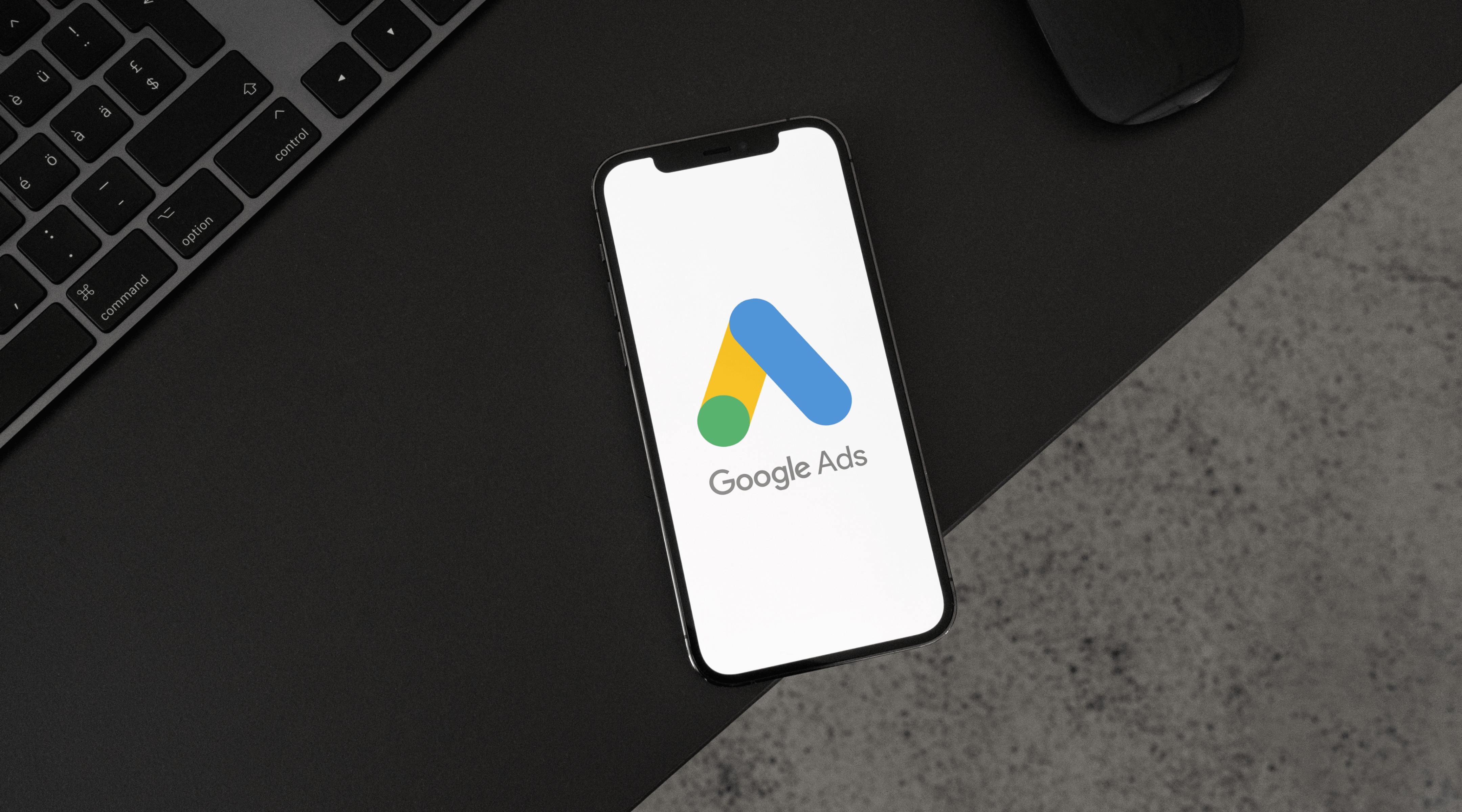How to create an effective conversion path?

How to convert a page visitor into a client? How to improve page sales? What motivates users to act? Find out the answers to these and other questions about the conversion path in this blog article.
What is a conversion path?
A conversion path is the process by which website visitors become leads or customers. This path consists of a series of actions that a company takes to drive sales results. In simple words, if we know the conversion path of a user, then we can track every action from the beginning that this user took and optimize them, improve them.
Creating an effective conversion path requires knowing your target audience's interests, demographics, and needs. It is also important to understand that this path will not be the same for all companies, each of the steps will not work for every company.
However, most lead conversion paths consist of:
- Landing pages;
- Call to action (CTA);
- Offer;
- Thank you pages.
Let's take a look at how each of these steps affects the conversion path.
Landing page: This page collects visitor information like contact information, first name, last name or age, etc.
Call to Action (CTA): A CTA motivates users to take action. It is a part of the page, usually in the form of a button, that motivates the user to take the next step closer to making a decision.
Offer: A content offer is anything that motivates a user to leave information in exchange for something of value. It can be an e-book, a form, a sample, a tutorial, or some other product.
Thank you page: This page is a polite way to thank the user for taking a specific action, such as filling out an application form.
So, the result is:
- The user visits the website and views the content.
- Clicks on the call to action (CTA) and lands on the landing page.
- Next, decide to leave your contact information on the form to receive an offer.
- By filling out the form, this user becomes a potential customer (lead).
- Finally, the user lands on a thank you page.
Why create a conversion path report?
One of the main tasks of marketers is to convert visitors into potential customers. This is especially important in businesses that rely solely on the digital environment to acquire customers, such as e-commerce businesses. Well-thought-out marketing content helps to accomplish the task.
One of the models you can apply to customize your content is AIDA (attention-interest-desire-action). This model outlines the strategy and divides the target audience into several parts, focusing on the most important part of each. No matter what you offer, the customer journey must be thoughtful and intuitive so that they act the way you want. Do you want to check the usability of your website?
In addition to relevant content, you also need to optimize the conversion path. Only then will these actions be effective and generate leads. In simple words, potential customers can become future customers and help the company grow. Since every company needs customers, it also needs potential customers. Before you can optimize your conversion path, you must first create an overview of it.

Conversion path overview
It should be detailed and clear. With ever-increasing competition in the digital environment, it's very easy for users to deviate from the conversion path, so it's important to analyze every component of the path. People spend seconds or milliseconds on a page, so optimizing that path is needed now more than ever. You can also view the conversion path using the Google Analytics path exploration report. It is important to find each of the stages of this path and analyze their results in order to gradually improve the result of the whole path. You can use a tool in the internet browser, or simply a sheet of paper and a pen, the main thing here is the result - a transparent and easy-to-understand conversion path.
What steps do you need to take to create an effective conversion path? Next, let's look at the main components of the conversion path that usually get good results.
Create high quality content
The first step is content. The good news - You can find a lot of content that can help you with marketing your business and creating your own content. The basis of success is the creation of high-quality and valuable content combined with effective strategies. Content should be optimized to attract people's attention. Content is everywhere these days, in emails, pop-ups, ads, etc. You and your customers are independently bombarded with content.
This is a very good reason to create content that is truly valuable and tailored to your target audience, their wants/needs. The more valuable content they receive from you, the more likely it will hit the top ten. For example, a user visits your page and they notice the content that is relevant to them right now and solves a problem. People remember well something that has really helped them. They may not know about your company or products at all, but visit the page only because your content solved a problem important to them. And it's not a bad situation at all, quite the opposite. Regular user visits allow you to improve the organic visibility of the website and also collect more data about the effectiveness of the website and its content.

Make sure your landing pages are relevant to your audience
Next step - the visitor has familiarized himself with the offer and reached the landing page. Now the landing page needs to take care of the next step. So what is a landing page anyway
A landing page is designed to gather information or motivate the user to take the next step. It may include, but is not limited to, a contact form. But, of course, it contains content that is tailored to the target audience and its goals. Pages typically display forms that users fill out to gain access to a content offering.
Form in exchange for content
Will the visitor be interested in free informational material in exchange for filling out the form? Finding out what works can be quite a challenge, so testing is often the best way to be sure.
You can conduct market research to find out what are the most popular solutions at the moment and create a unique offer that is similar to the existing ones, only better. But the only way to truly know the results is to create a test. It is important to remember to create a form that is easy to use, easy to review and has a clear call to action (CTA).
Include an attention-grabbing call to action
A call to action usually takes the form of a button highlighted on the page that serves as a logical next step for visitors. This takes you to a landing page that starts the conversion process.
In order for a call to action to attract attention, you need to make sure that it is placed in the right place and is consistent with the overall message of the company. Its main purpose is to generate clicks and take the user to the next step, the landing page.
You can make this button more attractive by using other colors or words that motivate action. Make sure it stands out. If users have a hard time finding it, there's a good chance they'll give up and leave the page, causing the conversion process to stop or not start at all.
What should be avoided on the conversion path?
While creating a conversion path might seem simple, there are a number of important factors that need to be worked on in order not to scare off the user.
Here are some key elements to avoid on the conversion path:
Clickbait or misleading headlines
User attention is very valuable, however, we recommend avoiding misleading headlines in your content. Shocking headlines will get more attention, but it will not bring many quality results for your product or company. Remember, the goal is to attract users who will complete the conversion process, not stop at the first page.
The headline should be connected to the desires and interests of the target audience. Usually a simple approach works best, use simple language, even a little slang will not hurt as long as your potential customer can understand it. Make sure your content is free of grammar and language errors, seemingly small things like that make a big difference to users.
Crowded landing pages
First impressions are very important when it comes to page design. Too much information on the page will leave a bad impression. One click and boom, the user is completely lost on the page and wants to leave. Too many layers, pop-ups, and banners usually degrade the page's conversion results and waste the user's time. If you think about it... how many times in the last week did you not wait for the page to load completely, or did you get tired of the bunch of pop-up windows? Personally, it happens to me at least once a day. Each time, the company loses its potential customer and profits.
Conversion Paths & Google Analytics
Once the conversion path is established, it's time to find out how effective it is. You need to know if it worked, attracted leads, or not. It is important to know at which step users stopped the process and left the page. You can view this information in detail in Google Analytics reports. In the analytics data, you will also learn other data about website performance, user actions and content results. Some companies even use Google Analytics to track sales data.
Tracking can also help you stay in touch with prospects until they become customers.
Conversion path optimization strategies
Once you understand conversion paths and choose one for your business, you can optimize it. You can do this with the following steps:
- Content: Content should be relevant to the context. It should be engaging, high-quality and valuable.
- Landing page: The landing page should be tailored to the user's wants and needs. Design and page content matter a lot.
- Call to action (CTA): The CTA should be consistent with the company's messaging and also fit in with the landing page design.
User testing
The most important thing is to study user actions and behavior. It helps optimize strategies based on data and facts. Otherwise, all you're doing is just guessing, which may or may not work for your business.
You can also use the help of digital marketing experts, such as TRY Dig Latvia, who can attract users to your page. TRY Dig uses growth-oriented strategies that deliver measurable results and drive good conversion results.
Creation of customer profiles
When you have finished your research, you can divide the page visitors into several groups. These groups are called “customer profiles”. Profiles can be created based on professions, demographics, lifestyle, relationship status, income, social status, interests, etc.
How does understanding the conversion path help?
Conversion paths are critical to converting website visitors into potential customers. However, this is not a guaranteed way to get new customers. Many people break this path in half.
To make conversions effective, marketers need to understand users and where they are in the buying journey. This helps to tailor the process according to the status of the buyer.
Are you looking for marketing specialists who can help you?


